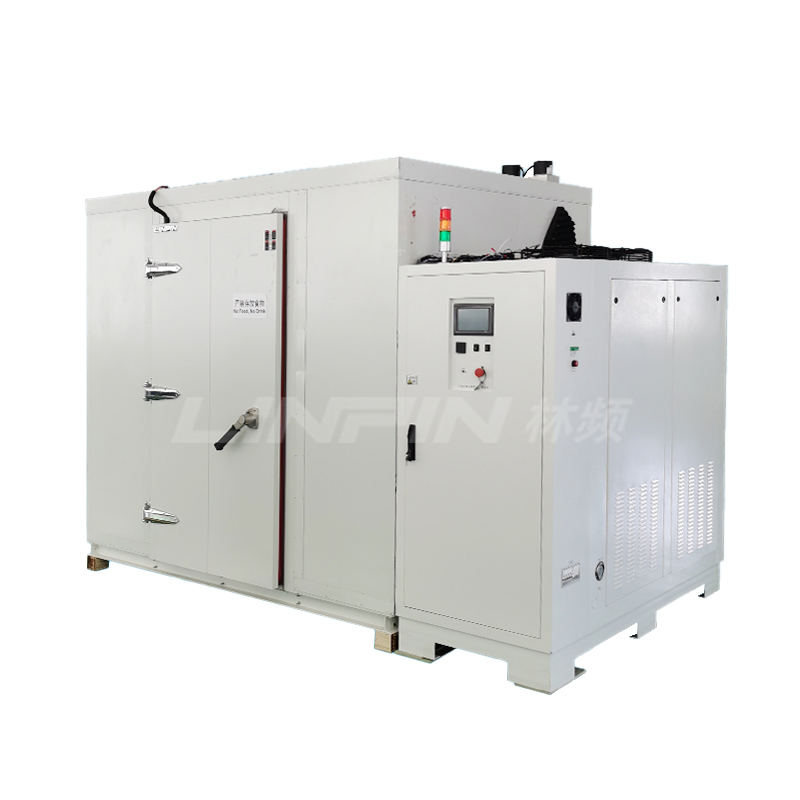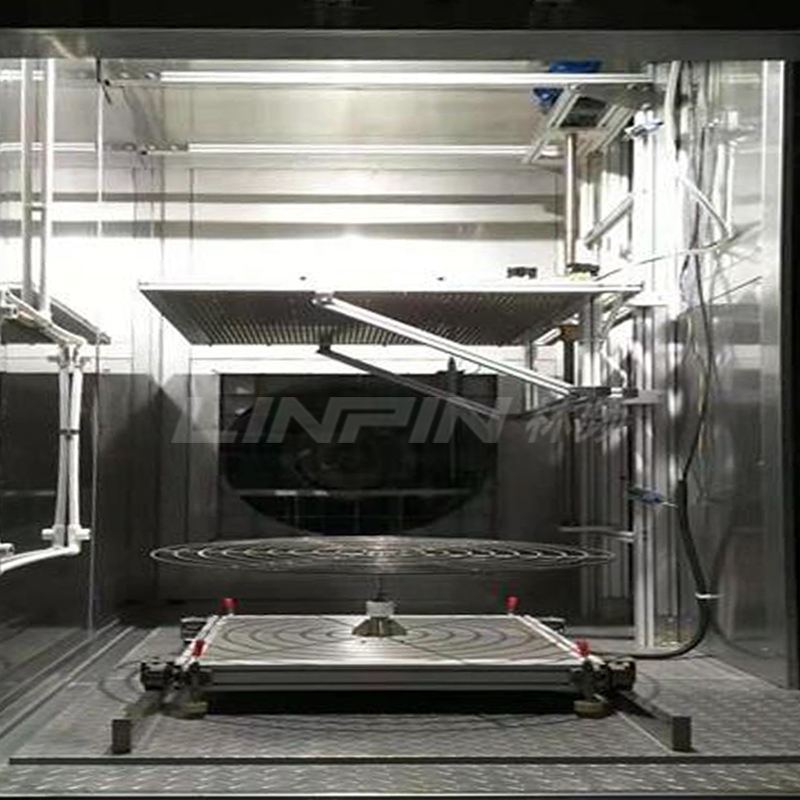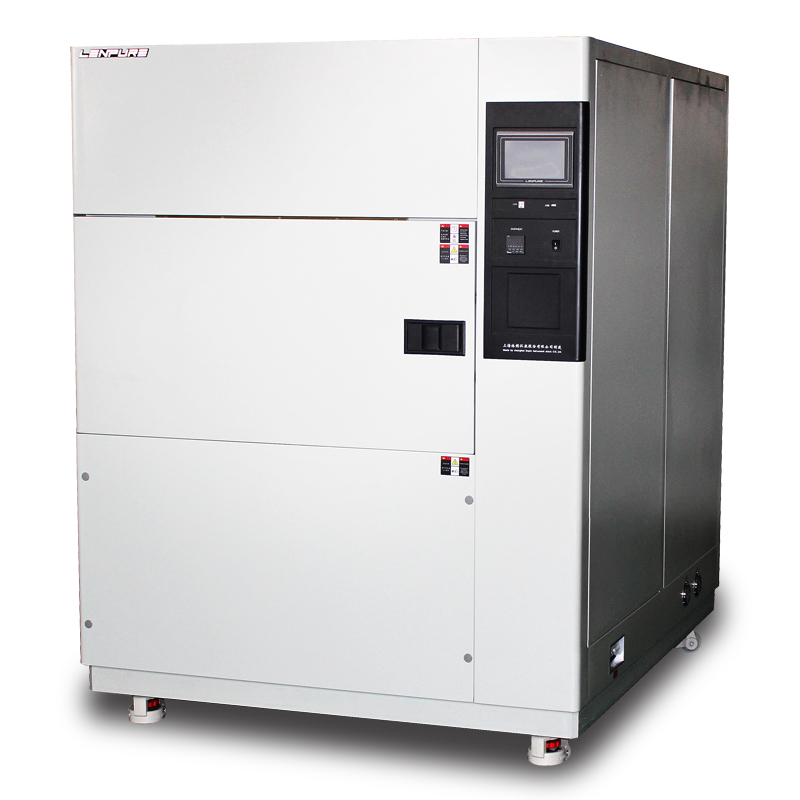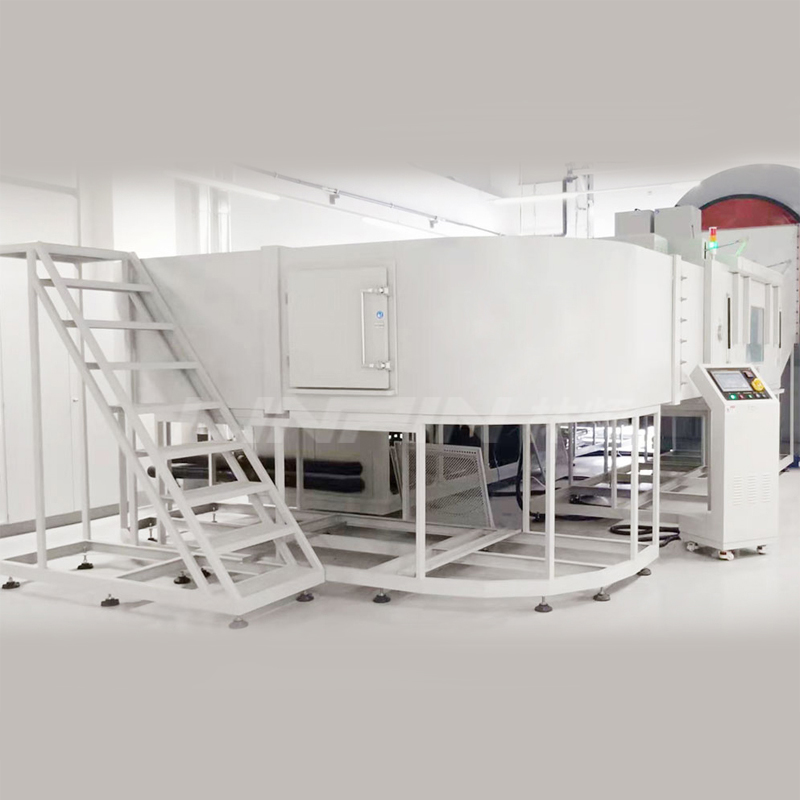Constant Climate Chamber – The Key to Ensuring Product Quality
Author:LINPIN Update Time:2025-07-21 Source:LINPINIn today's highly competitive market environment, product quality has become the foundation for a company's success. As a crucial quality testing device, the constant climate chamber plays a vital role in ensuring product performance and reliability under various environmental conditions.
I. Basic Functions and Working Principles of Constant Climate Chambers
A constant climate chamber is an environmental testing device capable of simulating different temperature and humidity conditions. It provides a stable and reliable testing environment by precisely controlling the internal temperature and humidity. Its core functions include:
-
Temperature Control – The chamber can be set to various temperature ranges, from low to high, meeting the testing needs of different products. For example, for electronic products that must operate in high-temperature environments, the chamber can simulate extreme heat to evaluate their performance under such conditions.
-
Humidity Control – The chamber accurately regulates internal humidity, simulating damp or dry environments. This is essential for testing a product’s moisture resistance, sealing performance, and other humidity-related properties.
-
Combined Temperature & Humidity Control – The chamber can simultaneously adjust temperature and humidity to replicate complex conditions such as high-temperature-high-humidity or low-temperature-low-humidity, thoroughly assessing a product’s environmental adaptability.

The working principle of a constant climate chamber relies on the coordinated operation of refrigeration, heating, and humidification systems to achieve precise control:
- The refrigeration system (compressor, condenser, evaporator, etc.) lowers the internal temperature.
- The heating system (heating elements or wires) increases the temperature.
- The humidification system (humidifiers or spray devices) raises humidity levels.
- The control system continuously monitors and adjusts these parameters to maintain stable conditions.
II. The Critical Role of Constant Climate Chambers in Quality Assurance
-
Testing Environmental Adaptability
Products face diverse environmental challenges, such as extreme heat, cold, moisture, or dryness. Constant climate chambers simulate these conditions to evaluate performance and durability. For example, automotive components can be tested under high-temperature-high-humidity conditions to assess corrosion resistance and sealing integrity, ensuring reliability in real-world use. -
Enhancing Product Reliability
Extended testing in a constant climate chamber helps identify potential defects under different environmental stresses. For instance, electronic devices exposed to high humidity may suffer from circuit corrosion or component failure. Early detection of such issues minimizes post-market failures, reducing warranty claims and returns. -
Optimizing Product Design & Manufacturing Processes
Test results provide valuable insights for refining product design and production techniques. If a product shows poor sealing performance during testing, manufacturers can redesign the sealing structure or upgrade materials to improve durability across varying conditions.
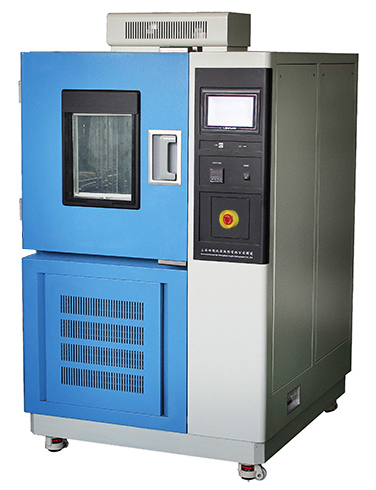
As a key instrument in quality assurance, the constant climate chamber delivers immense value across industries. By leveraging this technology, companies can:
- Thoroughly assess environmental adaptability,
- Improve product reliability, and
- Optimize design and manufacturing processes,
thereby strengthening market competitiveness. When selecting a constant climate chamber, businesses should evaluate performance specifications based on their specific testing needs to ensure robust quality control.

